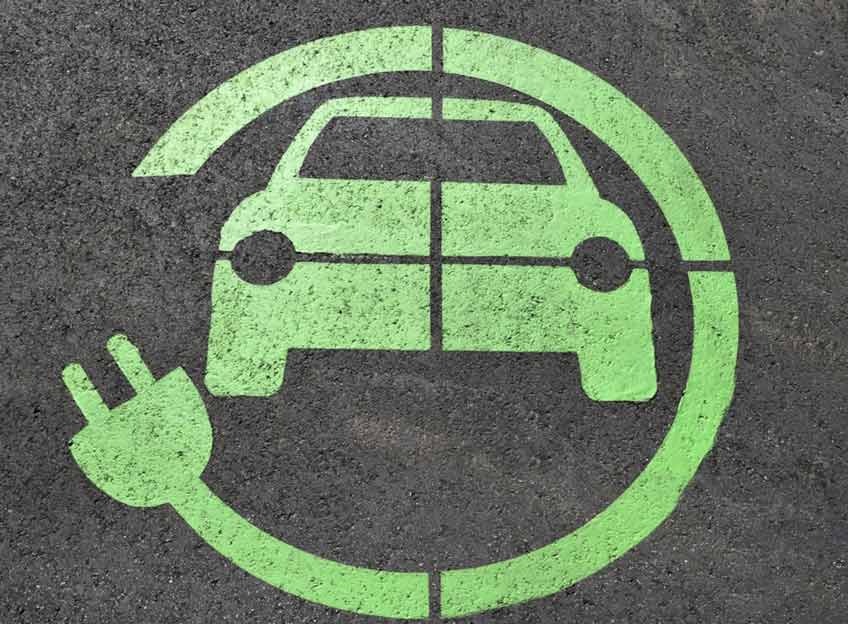How green is your electric car, really? Cars and trucks generate about one-fifth of US carbon emissions, so buying electric is a great way to cut back on some of that CO2. However, figuring out your electric car’s actual environmental impact throughout its lifespan is a little more complicated than that. The carbon dioxide produced during manufacturing and charging—and what happens to the vehicle when it dies—all affect your car’s environmental footprint.
To that end, bringing your vehicle to a recycling center is undoubtedly the greener choice for electric car disposal. For one thing, it means you’re keeping tons of reusable junk metal and other materials out of landfills. For another, it prevents harmful chemicals and fluids from leaching into local waterways and contaminating soil nearby. Here’s how you can make your electric car even greener by bringing it to the proper recycling location when it dies.
Reuse or Recycle?
The greenest thing to do with your old car is to give it to someone else to use. You can donate your vehicle or bring it to an automobile junk yard. At a junk yard, associates will inspect the vehicle to decide whether it’s worth repairing. If so, the they will fix it up and resell the car at cost.
However, if your car is too worn or damaged to be salvaged in its entirety, it may still contain valuable parts. In this case, a metal recycling center is a great resource. They will pay cash for whole components such as wheels, radiators and batteries.
Draining Hazardous Fluids
Leaking automotive fluids can have a big impact on the environment. Gasoline and oil are obvious pollutants, but even pure electric vehicles often use other chemicals, like brake fluid and coolants, that present a serious danger to surrounding wildlife.
A big part of the electric vehicle recycling process is to drain off these fluids so they can either be filtered and recycled or disposed of properly. Many vehicle fluids are highly combustible and may ignite in landfills, poisoning the air with toxic smoke. Additionally, recycling fluids prevents soil and water contamination. In other words, it’s truly the green thing to do.
Recycling the Frame
Most cars that come to a junkyard never leave in one piece. Instead, they’re broken down so that the raw materials can be recycled.
The external structure of electric cars is a lot like any other vehicle. It contains literally tons of valuable steel, plastic and rubber that can be melted down and used in new products. In fact, about 25 million pounds of usable material comes from recycled cars every year!
Recycling the Computer Parts
Along with the fluids, your car’s computer systems are one of the biggest threats to your electric vehicle’s overall environmental impact. Today’s cars are more sophisticated than ever, with complicated sensor and electrical networks that afford drivers a highly fine-tuned and safe driving experience. However, these electronic components are full of rare and potentially harmful metals, like cadmium and mercury. And electric cars have even more electronic components than conventional gas-powered vehicles.
Diverting these substances from landfills is one of biggest benefits of electric car recycling. Recycling centers examine computer systems and parts to see if they should be reclaimed or disassembled and melted down. The whole process really makes you appreciate just how many different materials go into making an electric car!
Recycling the Lithium Ion Battery
This is where recycling electric cars gets tricky. While metal recycling centers have been salvaging metal, plastic and parts from cars for years, lithium ion batteries are more difficult to recycle.
Typically, recycling centers heat batteries using a process called pyrometallurgy. At high temperatures, the individual metals can then be extracted, but lithium is notoriously difficult to separate.
While electric vehicle manufacturers have been working to create a more efficient lithium recycling processes, at this time, lithium ion recycling is very rare. Of course, the overall emissions reduction still makes electric cars the greener choice, but you should keep an eye out for new battery recycling initiatives from your electric car manufacturer and/or nearby recycling center.
Altogether, junk yards and metal recycling centers recover enough reclaimed metal from recycled cars every year to build 13 million brand-new vehicles. In fact, vehicles are one of the most frequently recycled consumer products in the United States. So if you’re concerned about your electric car’s overall environmental footprint, contact your local junk yard or metal recycling center about recycling your retired vehicle today.

